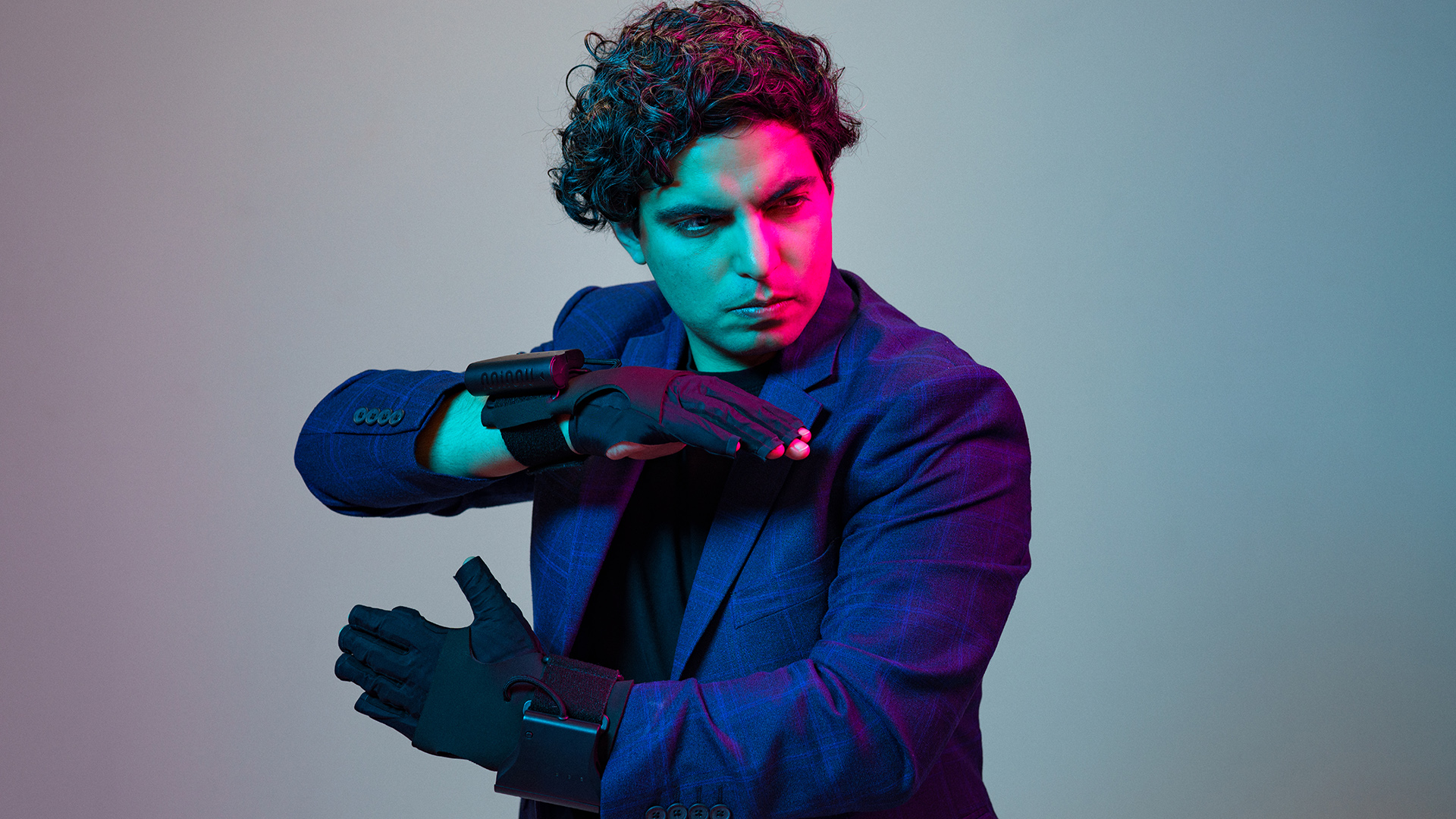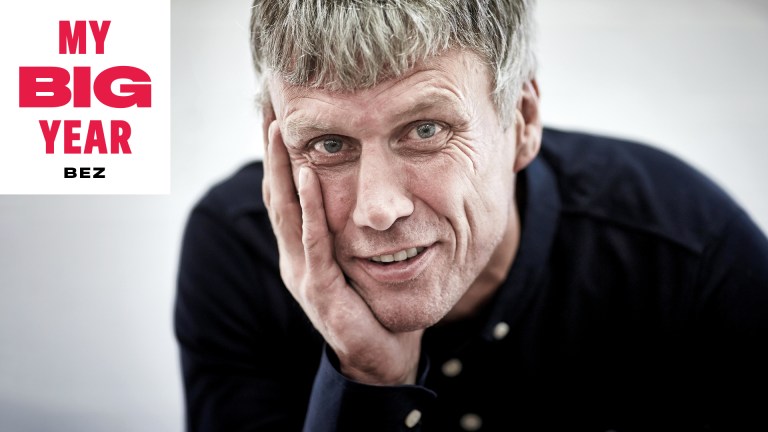Wearing black gauntlets and clasping long metal batons, Zubin Kanga’s look is a cross between a medieval knight and Edward Scissorhands. The pianist-composer activates unseen spaces in the belly of a grand piano, whipping invisible waves and playing the strings like a drum. Although plenty of avant-garde musicians have created sound from the piano’s guts – rather than the keys – Kanga’s style is different. As well as the sensor gloves, he incorporates technologies such as AI, a soundworld unveiled in his new album Cyborg Pianist.
At first glance, the piano doesn’t appear to have changed much since Beethoven’s time. With a wooden soundboard, metal strings and hammer-and-felt keys, the elements would be recognisable to 19th-century musicians. But materials have developed: it is no longer deemed desirable to have ivory-topped keys, for example (for ethical reasons of course, and that the synthetic materials are far superior).
Get the latest news and insight into how the Big Issue magazine is made by signing up for the Inside Big Issue newsletter
Decades of research has been undertaken to determine how to select wood for soundboards. And there are now hybrid pianos – instruments that are half-acoustic, half-digital – with the feel and sound of a grand piano and the look of an upright, or vice versa, plus electronic keyboards, pianos with larger or smaller keys, self-playing pianos and cases that are only limited by imagination (and budget).
However, development takes years – there’s no queue outside a piano shop for the latest upgrade in the same way people camp out for the new iPhone. So when Zubin Kanga sought radical technological change, he knew he’d need to look beyond the music world.
“It’s not only about exploring extensions to the piano,” he explains, as we speak over Zoom. “It’s what I can change as the pianist.” Hence the MiMU gloves, which, in Laura Bowler’s SHOW(ti)ME, are used as a theatrical device as well as for sound control.









